
Nov 21, 2025 • 5 min read
Planning a vacation with the little ones? Here are some of the best things to do in Belize with kids of all ages.

Nov 21, 2025 • 5 min read
Planning a vacation with the little ones? Here are some of the best things to do in Belize with kids of all ages.
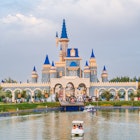
Nov 21, 2025 • 6 min read
Uzbekistan has an exciting, eclectic combination of things for you and your kids to see and do.
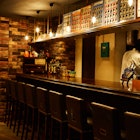
Nov 21, 2025 • 5 min read
Japanese-style listening bars have taken the world by storm, but nothing beats the buzz of visiting them in the place where it all began.

Nov 20, 2025 • 8 min read
Follow this week-long itinerary in Ireland, with nights in luxury hotels in Dublin, Adare and Killarney.
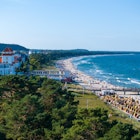
Nov 20, 2025 • 8 min read
Germany’s maritime north keeps a quiet radiance under the radar, but surprises away as you explore.
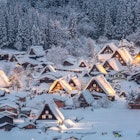
Nov 20, 2025 • 7 min read
Start 2026 with epic adventures, cultural experiences, foodie forays and wildlife encounters. Here are the best places to visit in January.
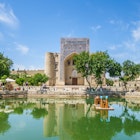
Nov 20, 2025 • 7 min read
Uzbekistan is one of Asia’s most affordable destinations: Traveling the Silk Road promises nature, culture, food, winter sports and architecture on a budget.
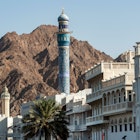
Nov 20, 2025 • 9 min read
Travelers to Oman will appreciate this for practical advice on social etiquette, safety, weather, cultural practices and more.

Nov 20, 2025 • 8 min read
Go beyond the Rock of Gibraltar and take in big doses of history, scenery and character in this compact British Overseas Territory at Spain's southern tip.

Nov 20, 2025 • 7 min read
Montenegro and Albania both offer Adriatic coastlines meeting lively small towns. We help you choose which one to visit.
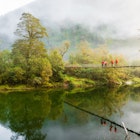
Nov 20, 2025 • 10 min read
There are few New Zealand adventures more iconic than the 53.5km Milford Track through Fiordland National Park. Plan your hike with this guide.

Nov 20, 2025 • 7 min read
Family travelers can expect to feel very welcome in Morocco. Here are the best things to do there with kids.

Nov 19, 2025 • 4 min read
You have many options for bouncing around this city, from bikes to buses to taxis and more. Here's what you need to know.

Nov 19, 2025 • 8 min read
The Fergana Valley is the beating heart of Uzbek culture. Capture the country's soul in this charming region with our guide to what to see and typical costs.

Nov 19, 2025 • 8 min read
From famous food trucks to Michelin-recognized meals, here's where to try the best flavors of Vancouver.

Nov 19, 2025 • 9 min read
All aboard the budget-friendly express train to Chattanooga! Enjoy a cut-price vacation with our insider tips on the best free things to do in Scenic City.
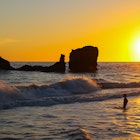
Nov 19, 2025 • 8 min read
Before setting off to explore the beaches, volcanoes, ruins and coffee farms in El Salvador, let this helpful guide fuel your adventure.

Nov 19, 2025 • 10 min read
Explore national parks, relax on beaches, and catch live music in vibrant cities: here are just some of the US's best experiences.

Nov 19, 2025 • 5 min read
Skiers who head to European slopes further afield reap huge rewards, including crowd-free trails, shorter lift lines and less expensive lift passes.

Nov 19, 2025 • 5 min read
Plan your visit to Kyrgyzstan with this seasonal guide to events, weather and budget.

Nov 19, 2025 • 8 min read
Experience the best hiking in Morocco, from impressive gorge walls to sprawling lush valleys. Discover the top 7 hikes in Morocco.

Nov 19, 2025 • 8 min read
Chicago turns into a full-scale holiday playground come November.